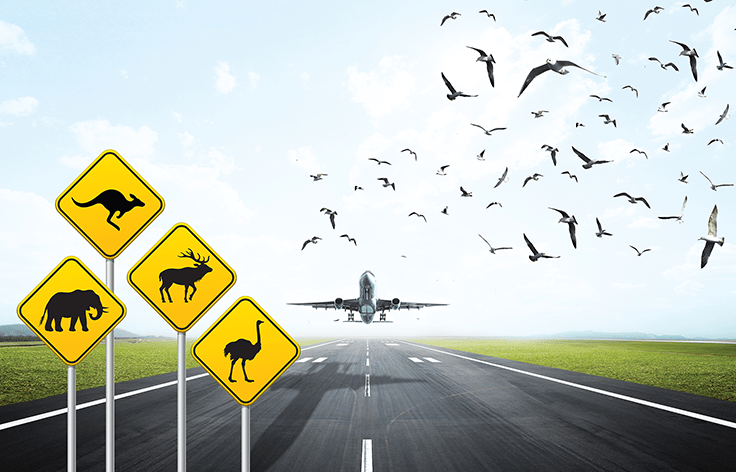Wildlife Strikes

"During the past century, wildlife-aircraft strikes have resulted in the loss of hundreds of lives worldwide, as well as billions of dollars in aircraft damage" (Wildlife Hazard Mitigation, 2020). "The number of wildlife strikes reported per year to the FAA increased steadily from about 1,800 in 1990 to 16,000 in 2018"(FAA,2020).
"Animals are attracted to areas that reflect their natural habitat and provide basic living needs such as food and water" (FAA, 2020). The goal over the years is to provide an environment that is unattractive to animals. Which if you look at the layout of most airports that's almost impossible. Most airports make the areas attractive for passengers and in the process make the landscape very attractive for animals.
My thought is if you brought in a predator, the top of the food chain, it would disperse the animal population from that area. They did this in my old hunting grounds in Montana. They reintroduced the wolves and the elk herds were thinned and completely removed from certain areas. The fencing around the airport for security takes care of most mammals. that for the most part leaves birds. The money savings would be massive in no longer requiring a constant upkeep of making the airport unattractive to wildlife and the reduction in bird strikes would be a massive cost savings for the operators.
References
“Wildlife Hazard Mitigation.” Template. Accessed January 7, 2020. https://www.faa.gov/airports/airport_safety/wildlife/.
No comments:
Post a Comment